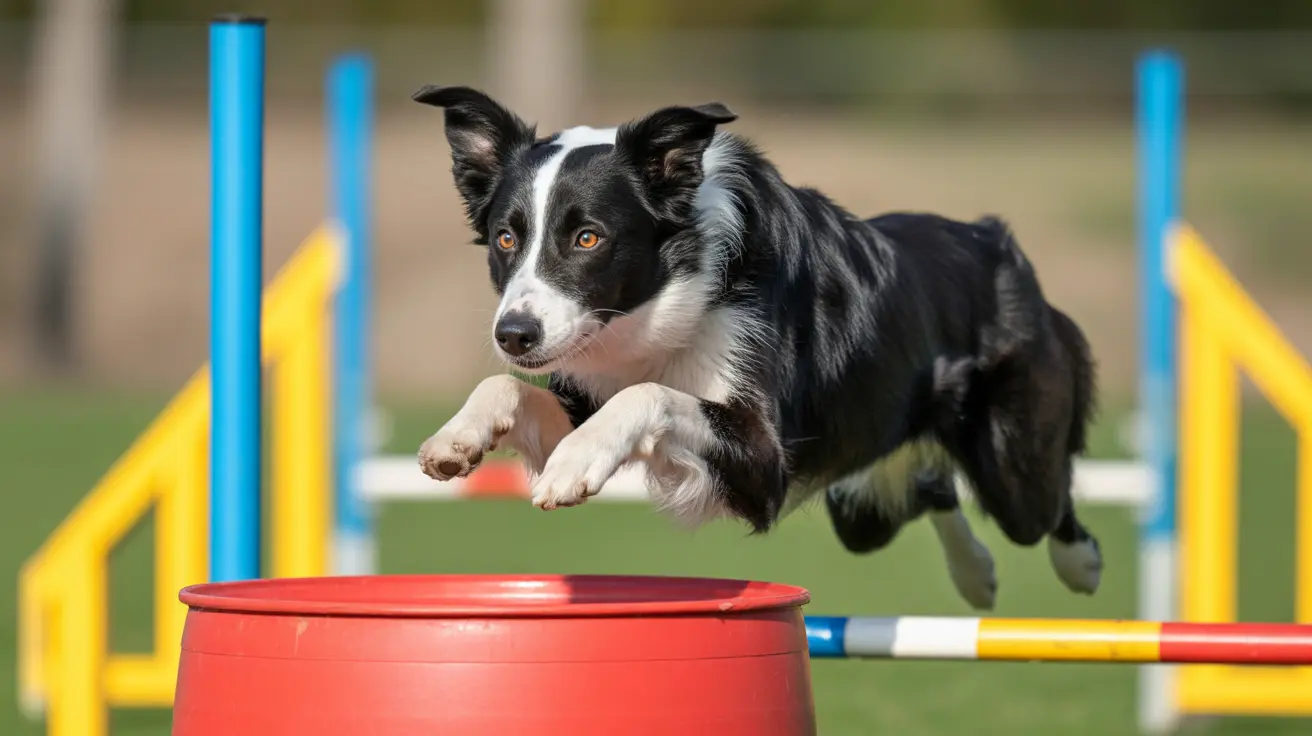Understanding How Dogs Perceive Time: What One Hour Feels Like to Them
Time perception in dogs is a topic that has intrigued both pet owners and scientists alike. While dogs do not understand the concept of time in the same linear, clock-based way humans do, they are acutely aware of routines, environmental cues, and changes in behavior. A seemingly short period for a person, like one hour, can feel quite different to a dog.
Canine Perception of Time
Dogs rely on associative memory rather than episodic memory, meaning they remember events based on associations rather than a sequence of events. They are incredibly sensitive to habitual routines and environmental cues, such as the sound of a car engine signaling your return or the rustling of a snack bag.
Why One Hour May Feel Longer to a Dog
The perception of one hour as a long time comes from several key factors:
- Biological rhythms: Dogs have faster metabolisms and shorter sleep cycles compared to humans. These physiological differences may contribute to the sensation of longer periods of time.
- Emotional dependency: Many dogs form strong bonds with their owners. When separated, their sense of time may become amplified due to feelings of stress or anxiety.
- Lack of cognitive understanding: Dogs cannot read clocks or anticipate your return unless conditioned by a strict routine. One hour without activity can seem like an endless wait.
Scientific Perspectives on Dog Time Perception
While there’s no exact formula to convert human time into dog time, some behaviorists suggest dogs experience time more intensely. It has been theorized that for dogs, time might pass roughly 5–7 times slower depending on their age and breed. Thus, an hour for a human might feel like 5 to 7 hours for a dog.
Indicators That Your Dog Feels Time
- If your dog becomes overly excited or stressed when you return, it may indicate they were anxious during your absence.
- Whining, pacing, or destructive behaviors may also signal that your dog is struggling with your absence.
- Routine triggers like the sound of keys or a garage door can cause anticipatory reactions, suggesting your dog is reading environmental cues rather than tracking time logically.
How to Help Dogs Cope With Your Absence
To make time alone more bearable for your dog, consider the following:
- Establish a consistent routine. Dogs thrive on predictability. Routines reduce anxiety and create a sense of normalcy in your absence.
- Provide mental stimulation. Toys, puzzles, and food-dispensing gadgets can keep your dog engaged.
- Use calming remedies. Items like pheromone diffusers or calming treats help ease anxiety.
- Start desensitization training. Practice leaving for short periods and gradually increase the time, helping your dog adjust.
- Consider a dog walker or pet sitter. For longer absences, this ensures your dog gets interaction and exercise.
Conclusion
While dogs don't measure time the way humans do, they certainly feel its effects, especially in their owner's absence. What feels like just an hour to you may feel like a long, lonely stretch for your pet. Understanding canine time perception can help you support your dog emotionally and behaviorally, ensuring their well-being whether you're home or away.





